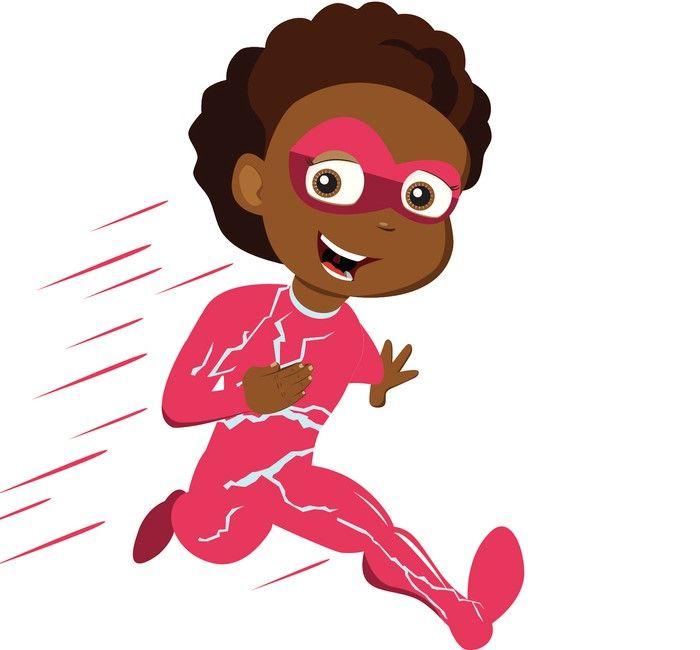Learning objective
- To identify high- and low-pitched sounds.
Success criteria
- I can recognise high- and low-pitched sounds.
- I can
This content is for subscribers only. Join for access today.
National curriculum
Music
Pupils should be taught to:
- Use
This content is for subscribers only. Join for access today.
Cross-curricular links
None.
This content is for subscribers only. Join for access today.
Before the lesson
This content is for subscribers only. Join for access today.
Lesson plan
Recap and recall
Before starting this unit, you might want to check that the children can recall how to: Perform actively as a part of a group. Relate sounds in music to real-world experiences. Listen with concentration to short pieces of music.
This content is for subscribers only. Join for access today.
Extended-mode explainer videos
How to extend your display to view the lesson page and preseantion mode simultaneously. Choose your operating system below to watch the video
If you need further support with extending your display,
please contact [email protected].
Extended-mode explainer video: For Mac
Extended-mode explainer video: For Windows
Adaptive teaching
Pupils needing extra support
Could demonstrate high- and low-pitched notes through vocal sounds before moving on to audio clips; should clearly see the modelling and be directly in front of the teacher for the exercises.
Pupils working at greater depth
Should be challenged to identify the higher of two notes that are closer together in pitch (this could be done vocally); could identify when the mood or atmosphere changes during the audio track and explain how the pitch is related to this.
This content is for subscribers only. Join for access today.
Assessing progress and understanding
Pupils with secure understanding indicated by: identifying which notes are high and
This content is for subscribers only. Join for access today.
Vocabulary definitions
-
high
Near or at the top of the range of sounds.
-
low
Near or at the bottom of the range of sounds.
This content is for subscribers only. Join for access today.
In this unit
Contributors






